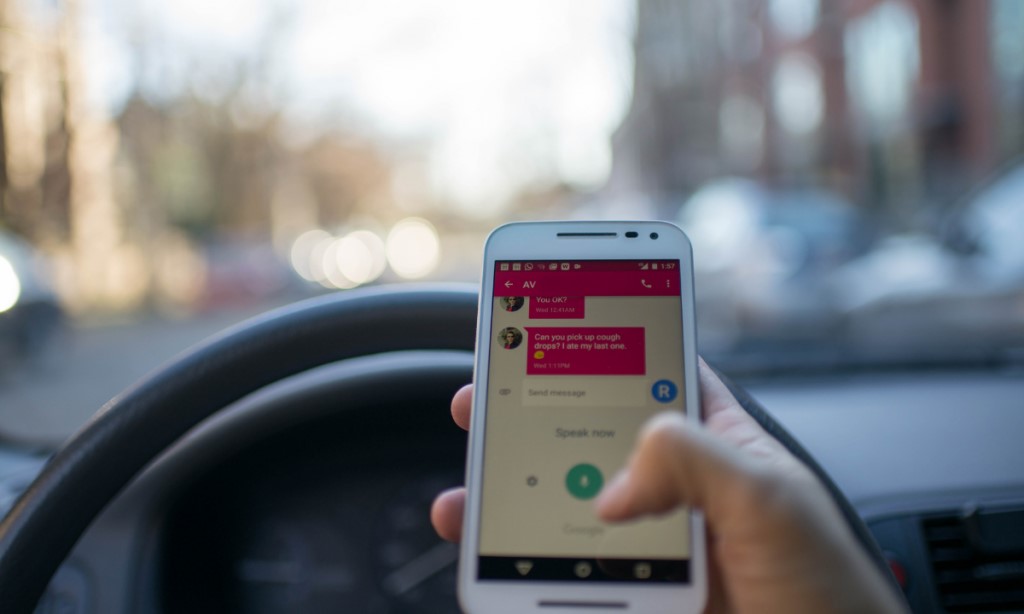If you value safety as a driver, you should understand the consequences and risks of being distracted while behind the wheel.
One of the significant causes of road accidents is distracted driving. It’s a danger to passengers, drivers, and other road users.
Statistics show that up to 80% of road accidents involve a distracted driver. The circumstances of distracted driving accidents may vary from one driver to another. It’s important to be aware of the elements that cause distractions.
Distracted Driving Statistics
The statistics below show how distracted driving is hazardous.
- 3,142 lives were claimed by distracted driving in 2020. It includes 396 deaths caused by a driver talking on the phone.
- Distracted driving claimed the lives of 587 pedestrians and cyclists in 2020.
- Approximately 3,000 individuals die annually due to distracted driving. This information accounts for approximately 9% of every auto accident in the US yearly.
Three Categories of Distracted Driving
Here are three main forms of distracted driving that drivers as well as other road users are usually faced with:
Manual Distractions
It involves activities requiring a driver to remove their hands from the steering wheel. This act compromises the driver’s ability to control their vehicle.
Manual distractions include
- Answering calls
- Adjusting the radio volume
- Eating
- Drinking
- Grooming
- Reaching for items inside the car
Visual Distractions
This is one of the most common types of distracted driving. It involves anything that takes the eyes of the driver off the road, even for a second.
It diverts the attention of the driver away from potential dangers and impairs their capability to react immediately to any changing circumstances.
Visual distraction includes
- Using smartphones
- Viewing beautiful scenery
- Watching videos
- Looking at roadside billboards and other appealing elements on the road
- Adjusting navigation systems
Cognitive Distractions
These types of distractions keep the driver’s mind busy when driving. It occurs when the driver’s mind wanders from driving, affecting their ability to make accurate and quick decisions.
It takes on numerous forms, such as
- Thinking about life problems
- Emotional stress
- Daydreaming
- Engaging in imaginary conversations
Most Common Forms of Distracted Driving Drivers Must Avoid
In today’s world, distracted driving is becoming more common. Below are some common distractions drivers must avoid when behind the wheel.
Checking Email, Texting, and Using Social Media Apps
Using a mobile phone while driving is one of the leading distractions that drivers often engage in. Checking emails, replying to messages, or making a video call takes the driver’s eyes off the road, diverting their attention when driving.
Drinking and Eating
Sipping a beverage or grabbing a bite may seem harmless, but it’s a major distraction. Taking hands off the wheel to eat or drink increases accident risks.
Arguing with Passengers
Disputes and disagreements with passengers are unavoidable during journeys, but managing these circumstances without losing concentration while driving is vital.
Having heated arguments with passengers creates a hostile environment and can distract a driver from driving safely.
Personal Grooming
Personal grooming, such as applying makeup or fixing your hair, can be a significant distraction while driving. These activities require both manual and visual attention, taking your focus away from the road. Even a brief moment of distraction can increase your risk of getting into an accident.
Listening to Audiobooks/Podcasts
Listening to audiobooks or podcasts can make long drives more enjoyable, but they can also be a significant distraction. If the content is too engaging, it can divert your attention from the road, impairing your focus and increasing your risk of getting into an accident.
You have to choose content that won’t distract you from driving and to adjust the volume as needed to avoid being overly engrossed.
Final Thoughts
To ensure safety on the road, drivers must remain vigilant and avoid distractions such as phone use, eating, or engaging in heated conversations. By prioritizing focus and attentiveness, we can help reduce the risks of distracted driving and protect ourselves and others.
